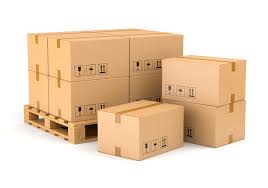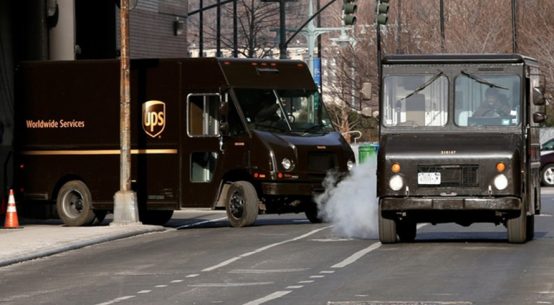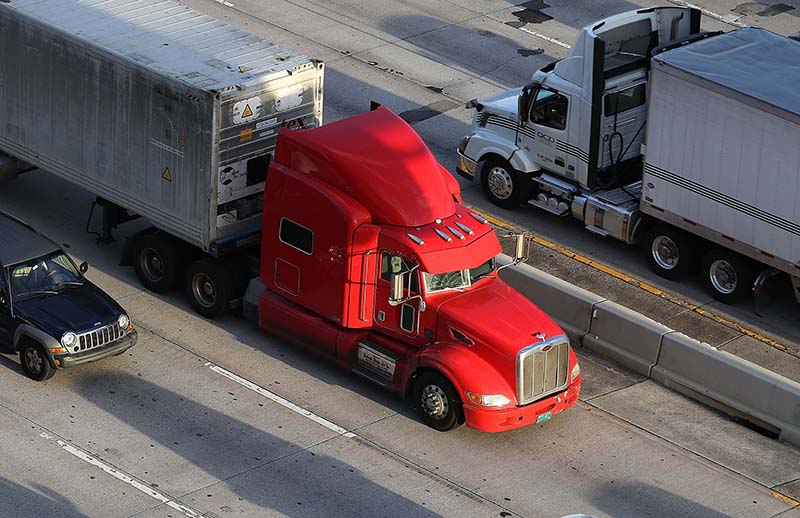
Trucking companies can’t add capacity fast enough to take advantage of a flood of new business, analysts say. PHOTO: JOE RAEDLE/GETTY IMAGES
Investors hope rising prices to move freight translate to higher profits when carriers including Werner Enterprises, Old Dominion report earnings
Trucking fleets are charging higher prices to move freight around the country. But it is an open question whether the companies or their drivers will reap the windfall.
With the economy humming, retailers and manufacturers are looking to hire thousands more trucks to haul clothing, construction equipment and other goods. Trucking companies can choose which loads to take on. In December, the most recent month for which data is available, carriers charged an average 22% more than they did a year ago in the spot market, where shippers can hire trucks on short notice, according to DAT Solutions LLC.
Investors expect all that to translate into an uptick in profits for trucking companies when they report fourth-quarter results over the next couple of weeks. Shares of many large trucking companies, including Werner Enterprises Inc. WERN 1.22% and Old Dominion Freight Line Inc., ODFL 1.43% are trading at record highs.
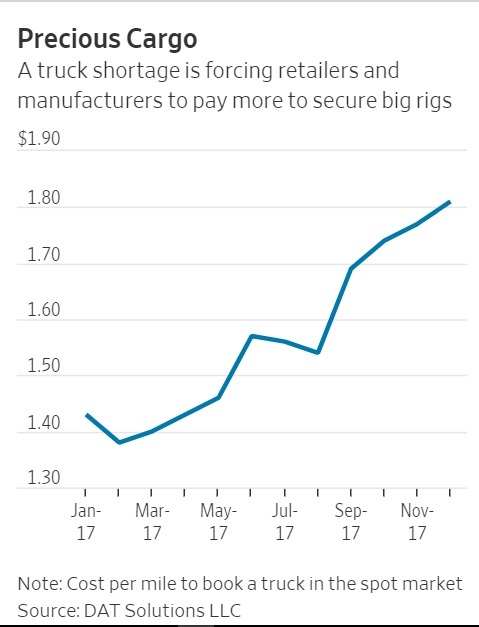
There is just one hitch: Trucking companies can’t add capacity fast enough to take advantage of the flood of new business. Fleets say they are plowing a hefty portion of the extra revenue from shippers into recruiting drivers. Many expect to raise pay later this year. Even then, “unseated trucks”—big rigs that could be hired out but have nobody to drive them—are becoming more common.
Carriers are also investing in new equipment. In December, fleets ordered 37,500 big rigs, the highest monthly total in over three years, according to ACT Research.
“Can you find trucks? Can you find drivers? That’s the biggest factor,” said Ravi Shanker, an analyst with Morgan Stanley. “You’re probably going to get a lot of freight… but at the same time hiring drivers is going to be really hard.”
J.B. Hunt Transport Services Inc., which arranges freight shipments by road and rail, on Thursday reported its trucking segment earned 13% more per load in the fourth quarter. However, operating income for the unit fell 5% due to rising wages, unseated trucks and other expenses. Overall revenue was up 16% to $1.99 billion, but costs rose faster, growing nearly 21%, and the overall operating profit fell 25% from the year before to $145.8 million.
Other large transportation companies are scheduled to report results starting next week.Marten Transport Ltd., which operates a large fleet of refrigerated trucks, is due to release earnings on Thursday.
Railroads, which compete with trucking companies for freight, also report next week, including Norfolk Southern Corp. on Wednesday and Union Pacific Corp.on Thursday.
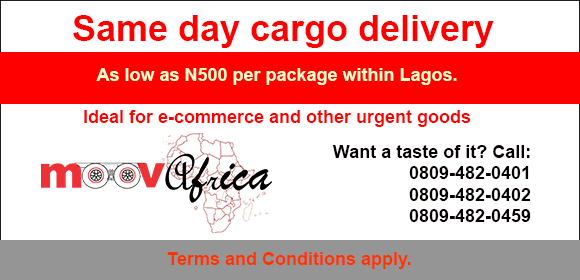
Trucking companies have a chronic problem attracting enough drivers. Many veterans are retiring, and potential recruits often balk at the prospect of long hours behind the wheel and nights sleeping in cramped cabs.
In 2015, the last time freight demand was this strong, many fleets raised pay multiple times.
The hunt for drivers could get even more frantic this year, analysts say. The unemployment rate was 4.1% in December, compared with 5.7% at the start of 2015, according to the Labor Department, meaning the pool of potential truckers is smaller.
A new federal rule that will make it easier to enforce limits on drivers’ time behind the wheel is also expected to spur recruiting.
Trucking companies can pass along rising costs to their customers. Fleets are renegotiating long-term contracts with large shippers. Those rates, which make up the majority of business for many large trucking firms, could rise 6% to 8% this year, said Brad Delco, a Stephens analyst.
“If shippers have struggled to get capacity they’re going to want to lock it up,” Mr. Delco said.
Carriers should also benefit from the federal tax overhaul, which could lower their tax rates from as high as 40% to between 25% and 28%, Mr. Delco said.
The shortage of available trucks has pushed some cargo over to freight railroads. That benefits trucking companies that provide intermodal services, where they manage freight transportation along its journey by truck and rail. However, J.B. Hunt, the biggest intermodal company, said Thursday that congestion in the busy intermodal trade helped drive up the company’s costs in the fourth quarter.
For more Logistics News, Follow us on TWITTER Follow us on FACEBOOK
Their results highlight the challenges other carriers face with driver recruitment, Cowen analyst Jason Seidl said in a note Friday.
“Driver pay hikes… are likely going to offset some of the benefit… from better pricing over the coming months,” he said.





